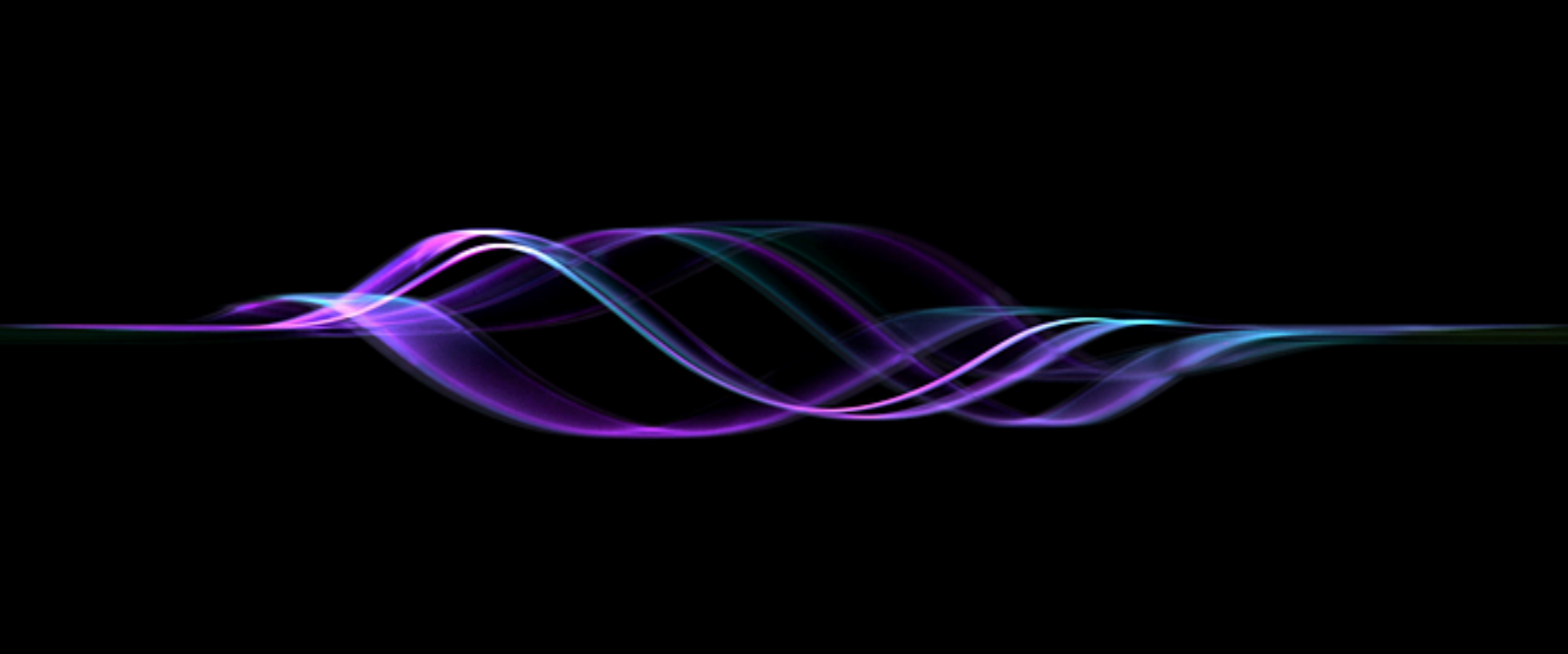What is a Creative Experience?

There’s a lot of noise out there.
Have you ever heard a song and thought “it’s okay,” only to see the artist live and be completely blown away by how that song is transformed through a performance?
I have. Frequently.
The key difference between the music you stream and a live performance is the experience. At a live performance, you are immersed in an interactive situation where you are not only feeling the waves of sound and connecting to a relatable message through lyrics or melody, but you’re also engaging with those around you, to the artist, to the physical environment. When music lacks this layered experience and participation, people will often refer to it as noise.
What does this have to do with marketing?
Like an endless stream of unrelatable songs, we are bombarded with hundreds of ads and brand touchpoints every day. Whether we’re commuting, checking our mail, streaming our favorite shows, or receiving packages, we’re exposed to a constant stream of stimuli from brands trying to engage with us—much of it feels like noise.
The problem is that most of the brand touchpoints consumers encounter on the daily are unrelatable or unidirectional—they don’t actually inspire someone to engage with it.
That interaction, between brand and consumer, is at the heart of what we call creative experiences.
The Creative Experience. More signal, less noise.
Here at The Agency at DCG ONE, we define a creative experience as a combination of strategy, storytelling, and design that builds connections between a person and a brand through memorable, meaningful interactions. This is distinctly different from “experiential” creative or activations that are primarily meant to generate buzz and publicity—the creative experience is more relevant and useful to the person, built on research or insights. It can most certainly be designed within a physical space with tangible elements, but it could also be a website that has high utility for a user, or a well-designed postcard that invites participation from the recipient rather than conveying a simple marketing message. As our definition suggests, there are 3 key elements that we think make a great creative experience.
The experience should be meaningful.
We’re in the business of communication and inspiration. A good story can convey a brand’s intent and values while inspiring belief in the product and/or service. By gaining an understanding of a business from a customer perspective and market context, we can build a strategy that aligns the creative to the business objectives. If we craft an exciting experience but fail to communicate the brand’s message to the audience, we’ve just added to the noise. We want the audience to understand the message, connect with it personally, and be inspired to take action.
Interaction is key.
A creative experience should invite participation. We make our tangible and digital touchpoints interactive through immediate feedback, or an enhanced experience that unfolds in future touchpoints (e.g., relevant content, cross-sell). Embedded digital touchpoints like augmented reality accessed in retail spaces or through a direct mailer, provide insights into customer preferences, interests, devices, and where they are interacting with the brand. But it isn’t enough to just collect the data. In order for it to be interactive we need to give feedback to the user—elements of play can be used to provide a delightful experience while gathering the data to be used in further personalizing the brand’s relationship with the customer.
A creative experience is memorable.
A great experience leaves a lasting positive impression—the feeling and perception of the brand lasts long after the person has disengaged from the experience. Some of the best designed experiences are invisible because they allow the person to quickly and efficiently accomplish their goal, oblivious to the strategy and mechanisms we’ve built to facilitate their journey. But to be a great experience, there’s a level of creativity and visual storytelling that sets the experience apart in the person’s mind. Layers of interaction design, augmented reality models, aesthetic UI, and thoughtful writing all play a crucial role in making the experience a memorable one.
Final Thoughts
As a creative person, I love making cool work that looks and sounds good, but I also understand the need to move the needle for our clients with creative that works hard. With a sound strategy, thoughtful copy, and aesthetic design, marketing can be transformed into a creative experience that stands out in the mix and creates love for your brand.




